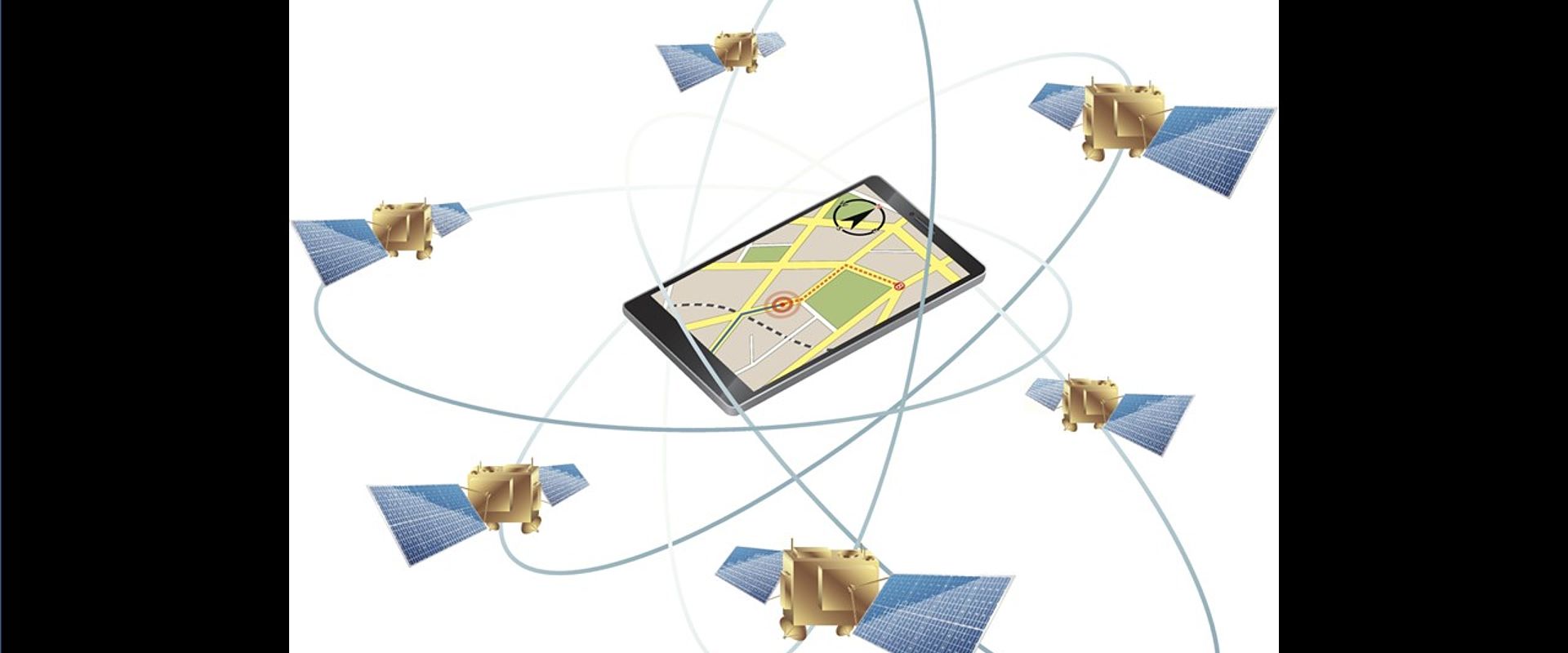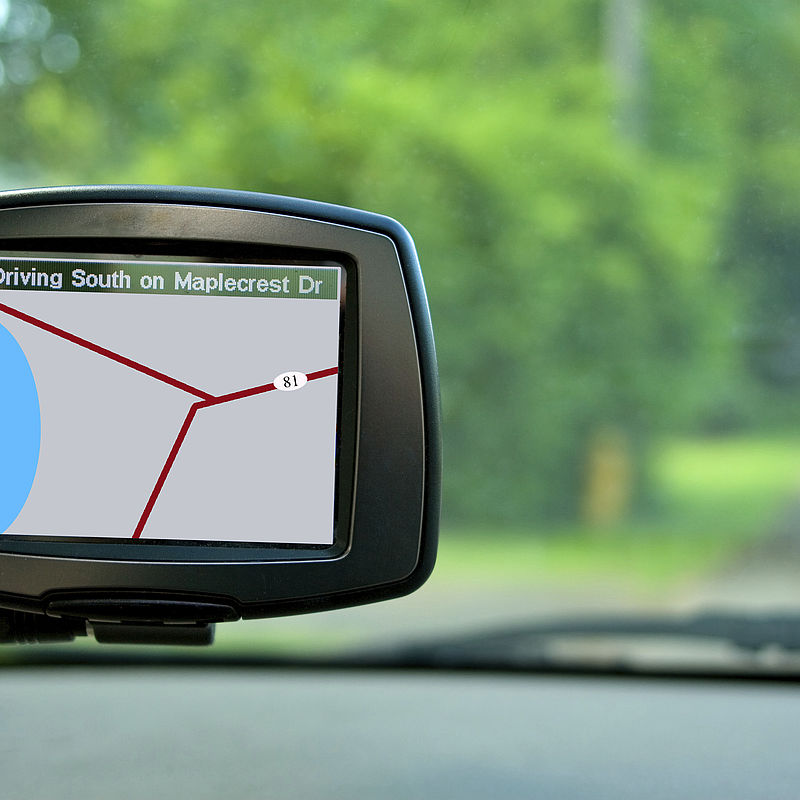
Atomic clocks for satellites
Challenge
Europe is launching 22 satellites as its new global positioning system Galileo expands. This will provide robust, secure location and timing signals to European users, removing reliance on other countries, and opening new markets for high performance products that require precision time and frequency signals.
Satellite positioning systems rely on accurate timing from atomic clocks. Knowing how long their signal takes to arrive is key to calculating the position it came from. These positioning signals can also provide accurate synchronisation for other applications, such as high-speed data transmission in telecommunications or time stamping banking transactions.
The most accurate atomic clocks, based at national measurement institutes (NMI), are large complex devices requiring expert maintenance to provide the highly accurate frequency signal used for timekeeping. Many industrial users of atomic clocks, need their own frequency standards, which must be linked to NMI atomic timekeeping, but do not require the same level of accuracy. Simpler and more compact atomic clocks that use less energy, are needed to provide robust time and frequency accuracy for existing and emerging industrial applications.
Solution
The EMRP project, Compact and high-performing microwave clocks for industrial applications, improved a compact prototype atomic clock based on a technique called pulsed optical pumping (POP) to make it more suitable for industrial uptake. POP, one of many types of atomic clock being developed, was identified as having potential for miniaturisation. These atomic clocks have three parts: a module containing vapour cells of rubidium or caesium atoms, a laser to excite the atoms so that they produce microwave radiation at very precise frequencies, and electronics to generate the frequency signal used to confirm the performance of timing devices. The project developed a simpler laser system, improved the vapour cell and upgraded the clocks electronics, to generate a more compact prototype better suited for space-based applications.
Impact
Leonardo, a global player in the Aerospace, Defence and Security sector, already supplies Galileo satellites with atomic clocks. Through co-funding with ASI within ESA Technology program GSTP, it is now further developing the project’s prototype POP clock to make it a viable candidate for next generation Galileo 2 satellites.
Leonardo is exploring ways to make this POP clock lighter and more robust for use in space by adding magnetic and thermal shielding. The company aims to produce a simpler and more robust atomic clock for satellite navigation systems by reducing component complexity. The investment in a new rubidium vapour cell production facility has enabled Leonardo to produce the majority of the required clock technologies in-house, so reducing dependence on external suppliers.
More compact clocks will provide European telecommunications, navigation and commerce with accurate and reliable frequency and synchronisation tools for use in-house or on-board satellites. The development of new timing standards for the European satellite navigation system, Galileo, is increasing the resilience, and improving the reliability of frequency standards used in European industries and assisting innovation that relies on location and timing services.
- Category
- EMRP,
- Industry,
